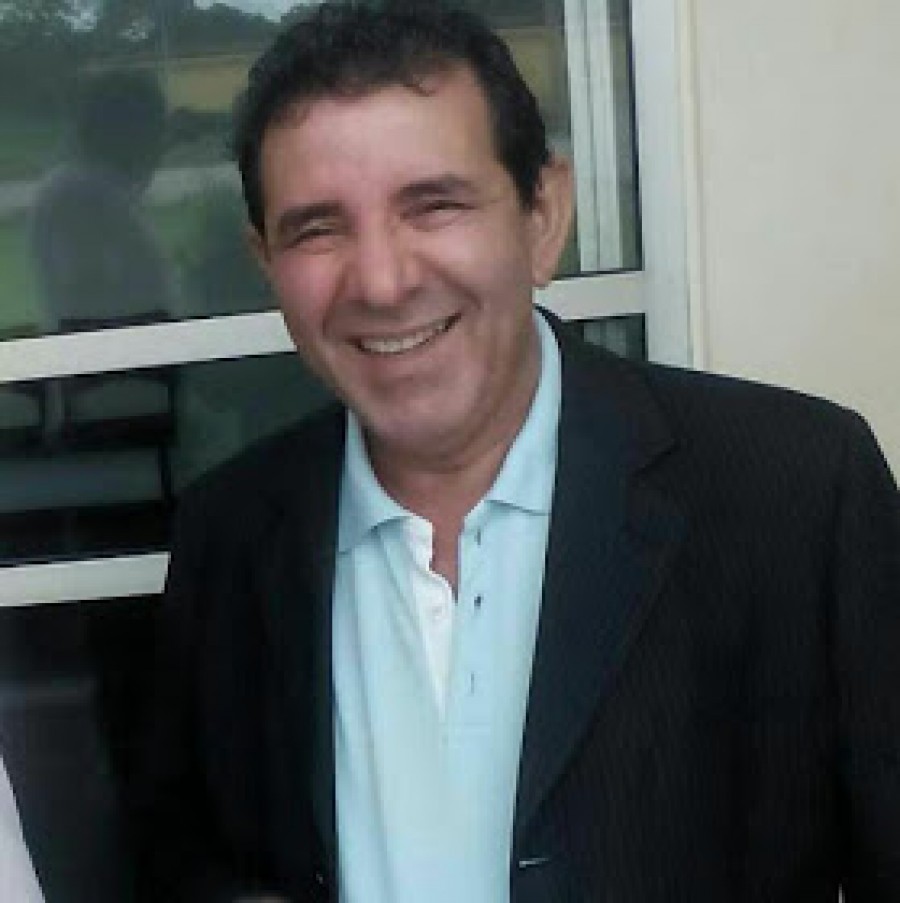

Nevertheless, a total of 22 Culicidae species were identified, ten of which had previously been reported as vectors of important arboviruses. No virus was isolated and viral nucleic-acid detection by RT-PCR was also negative. Simultaneously, 70 specimens of ticks found blood-feeding on horses were also submitted to the same virological assays. A total of 3684 specimens of mosquitoes were captured, 1689 of which caught in the rainy season of 2007, were divided into 78 pools and submitted to viral isolation, Semi-Nested RT-PCR and Nested RT-PCR, with a view to identifying the most important arboviruses in Brazil. However, the amount of data concerning arbovirus vectors in this area is scarce therefore the aim of this study was to conduct a preliminary investigation of Culicidae species in the Nhecolândia Sub- region of South Pantanal, Brazil and their potential importance in the arbovirus transmission.

In view of the high circulation of migratory birds and the environmental and climatic conditions which favor the proliferation of arthropods, the Brazilian Pantanal is susceptible to circulation of arboviruses.

Pauvolid-Corrêa, Alex Tavares, Fernando Neto Alencar, Jeronimo Silva, Julia dos Santos Murta, Michele Serra-Freire, Nicolau Maués Pellegrin, Aiesca Oliveira Gil-Santana, Hélcio Guimarães, Anthony Erico Silva, Edson Elias da

Preliminary investigation of Culicidae species in South Pantanal, Brazil and their potential importance in arbovirus transmission. However, due to regional characteristics and the lack of available information, an enhancement in research is recommended to establish a basic management guide to ensure its perpetuation for future generations. The forested areas of the Pantanal region present potential for sustainable use. The estimated total volume per hectare was 84.2 m³ and the estimated basal area was 18.6 m². For forested savannas, the diameter at breast height (DBH of 529 trees per hectare were estimated as follows: 28 % with a DBH lower than 10 cm, 36 % from 10 to 20 cm, 21 % from 20 to 30 cm, 10 % from 30 to 40 cm and only 4 % greater than 40 cm. The methodology of this novel approach consisted of the recovery and organization of the available information to calculate the sustainable allowable cut per hectare, considering: cutting cycle, wood stock, periodic annual increment (PAI in percentage of volume from the commercial or interesting species and the stand structure. The objective of this article is to indicate sustainable forest management practices in the Pantanal region of Nhecolandia. There is constant concern about the sustainability of these forested areas, as there is a constant demand for wood for farm maintenance, mainly for making fence poles. The subregion of Nhecolandia represents 19 % of this area. Sustainable management of natural forests in pantanal region, Brazil.ĭirectory of Open Access Journals (Sweden)įull Text Available The Pantanal region in Brazil has an area of 140,000 km², with approximately 30 % of natural forests distributed as deciduous, semideciduous, and forested savannas.


 0 kommentar(er)
0 kommentar(er)
